We may receive a commission when you use our affiliate links. However, this does not impact our recommendations.
It’s a privilege to be invited into people’s homes to discuss a potential project. Often it’s just an enjoyable meet-up where ideas can be discussed and proposals put forth. Every now and then, however, it goes far beyond that. When that happens, I feel excited and guilty. Excited from the experience of something new and unique, and guilty that I’m having so much fun while at work!
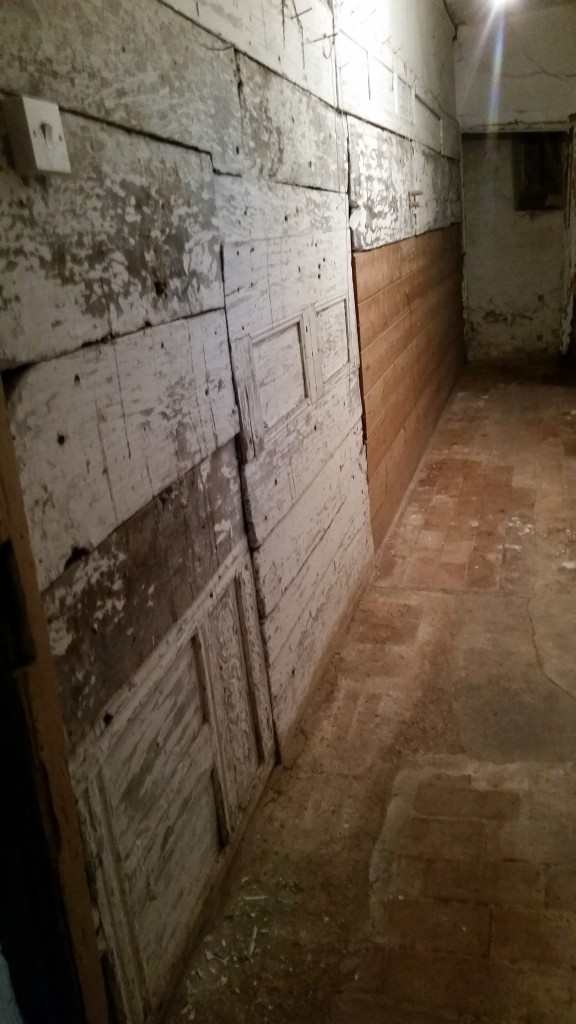
While out on a recent survey I discovered this remarkable passageway. Away from the more dynamic towns and cities, rural locations seem to present (through often brutal necessity) a hugely pragmatic and often ruthless application of materials that are to hand.
This dwelling had seen dramatic changes over many hundreds of years, but nothing seemed to crystallize that more than the details contained within the passageway. The only reason I could even begin to take this in was thanks to the 20th-century wires that fittingly enough powered a now-obsolete tungsten filament light bulb.
As my eyes adjusted and I looked up, I was able to take in the bold stopped chamfers of the massive oak beam (shown in the opening photo, covered with plaster) – in itself not unusual, but reassuring and pleasing on the eye.
Down to my left was what appeared to be a panel – potentially a door, and possibly an end panel to a case piece (shown above). I’ll have to investigate further next time to find out more. I’m no antiques expert and I’m reluctant to attribute a date. Often in rural settings, older styles lived on for many years beyond changes in more fashionable areas…but my hunch is late 17th-century or anytime during the 18th century. (If you think differently, please do leave a comment with your thoughts.)
Then I was presented with something I felt more familiar with: an item of joinery and in this case a door. The construction method was very simple; it seemed to be a halfway house between a ledged door and a frame-and-panel door. It would be interesting to see the back of the door and find out it the boards are secured on a ledge or mortised and tenoned. Ledged construction is primitive, fast and found in house doors and cabinet doors. Drive some legs into the ledges and you have a table! The doors stiles look massive compared to the more typical house proportion of today (typically around 4″-5″ wide) but it must also look familiar to readers who are familiar with early American pine furniture.
Looking up again, the “coat hook rack” complete with rusty nails seemed almost certain to be a buddy to the first carved piece. Panels, muntins, rails and stiles all seemed to match up perfectly. I could only speculate as to what the original item would have looked like (your ideas are gratefully accepted).
I was reasonably confident the next section was the sign of the pit saw. The process of pit sawing never ceases to amaze me. By reading George Sturt’s “The Wheelwright’s Shop,” you get a sense of the people behind the saw. If you visit Kee’s blog, you can actually find some people who still rely on it today.
Then to the final section and an area of relatively recently applied tongue-and-groove boarding. Although initially the least interesting work, a moment of reflection made me realize how we now take for granted the readily available, mass-produced option. I can appreciate and marvel at the early efforts and choose when I have time to try and discover the magic of those processes.
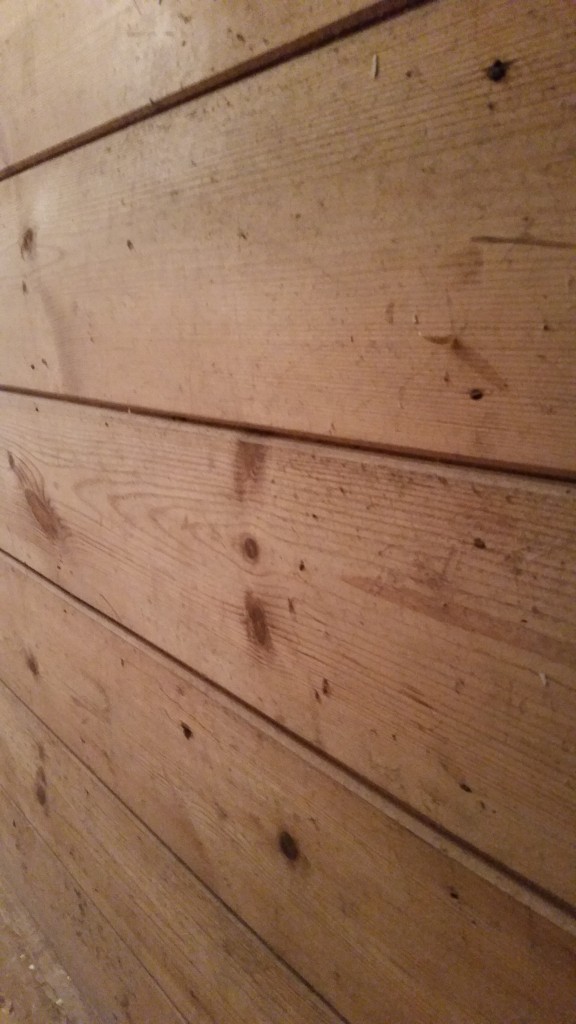 However, I’m equally thankful for the innovation and change that means life in broad terms is less brutal – so much so that woodworking can become a rewarding journey away from the rigour of work, as well as being a rewarding career.
However, I’m equally thankful for the innovation and change that means life in broad terms is less brutal – so much so that woodworking can become a rewarding journey away from the rigour of work, as well as being a rewarding career.
Note: just to allay any fears, this property is heavily listed (our version of historic building preservation legislation) and the client is fully engaged with appropriate and approved preservation.
Editor’s note: If, like me, you appreciate 17th and 18th-century-style work (and are perhaps equally jealous that Graham has easy access to such stuff in England), subscribe to Popular Woodworking Magazine for a dose of Peter Follansbee’s Arts & Mysteries column in every issue.
Here are some supplies and tools we find essential in our everyday work around the shop. We may receive a commission from sales referred by our links; however, we have carefully selected these products for their usefulness and quality.



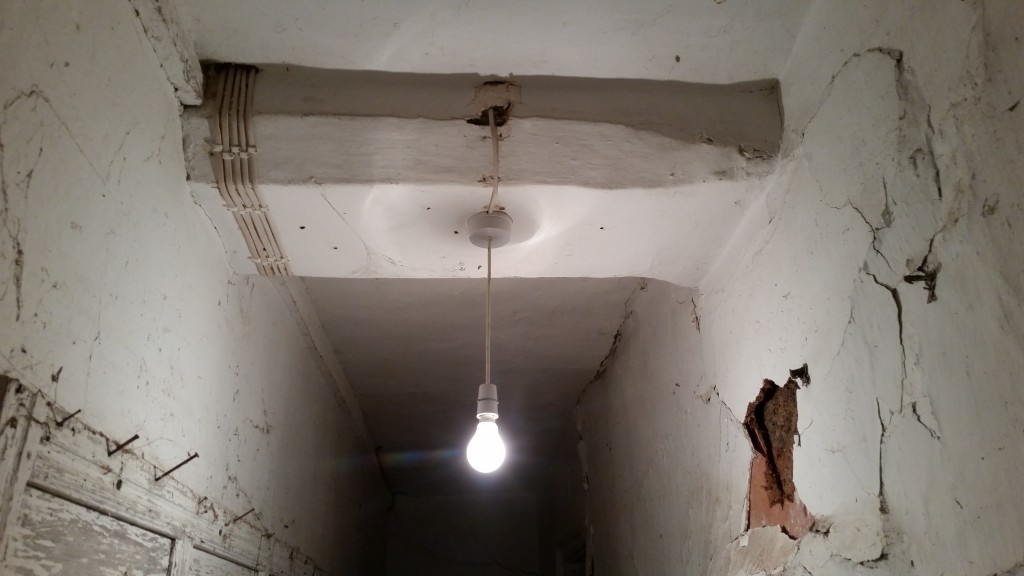
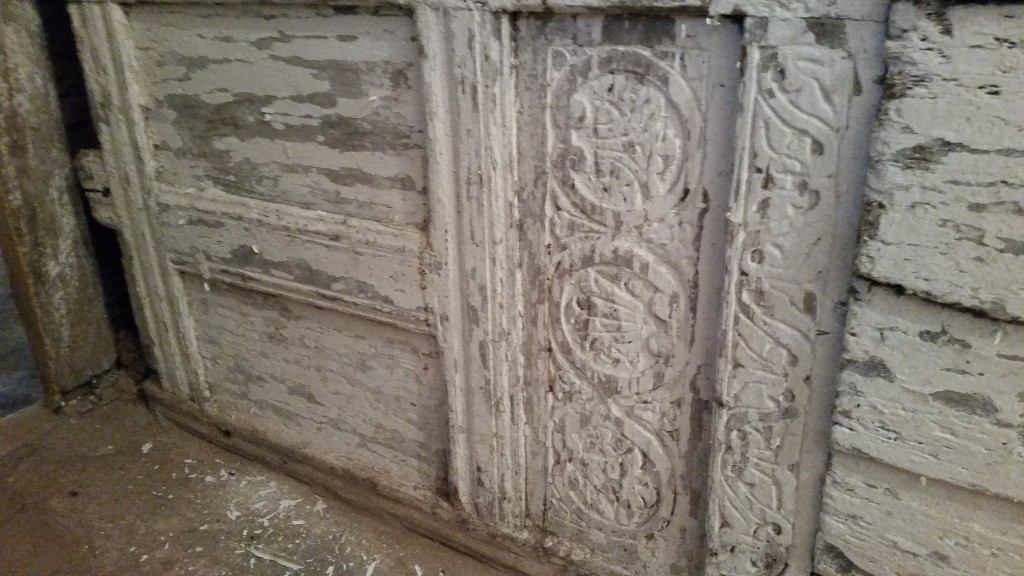
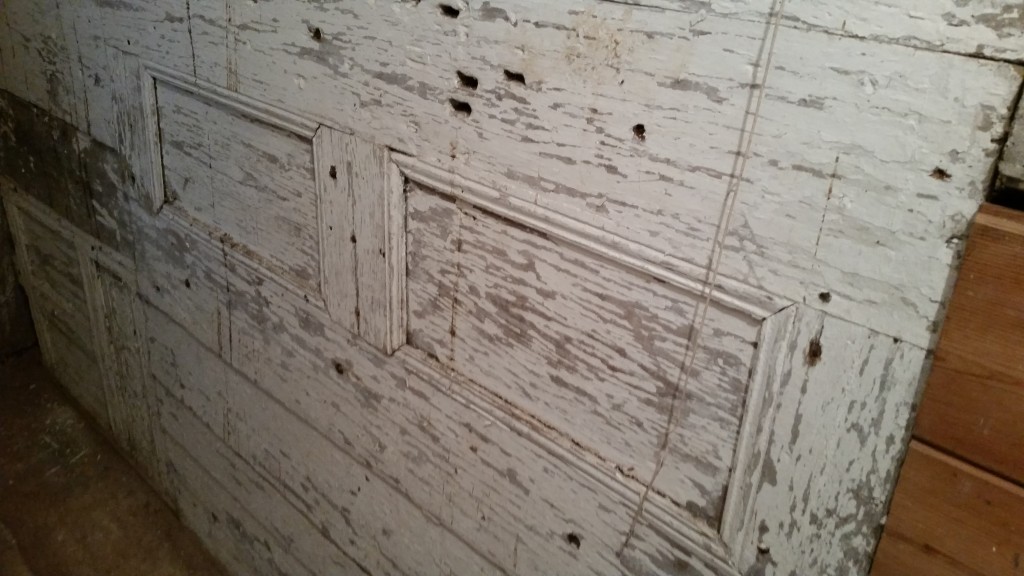
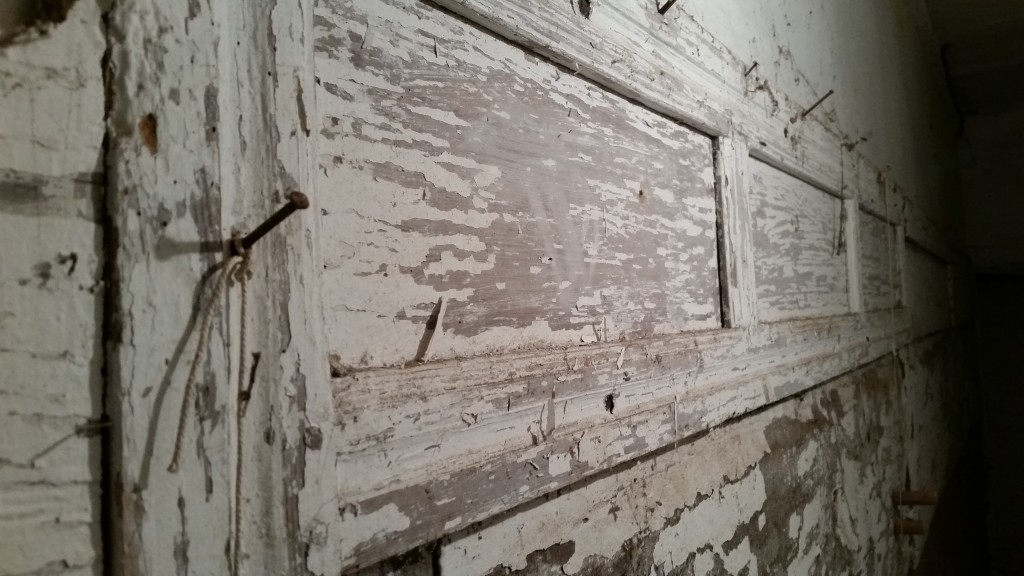
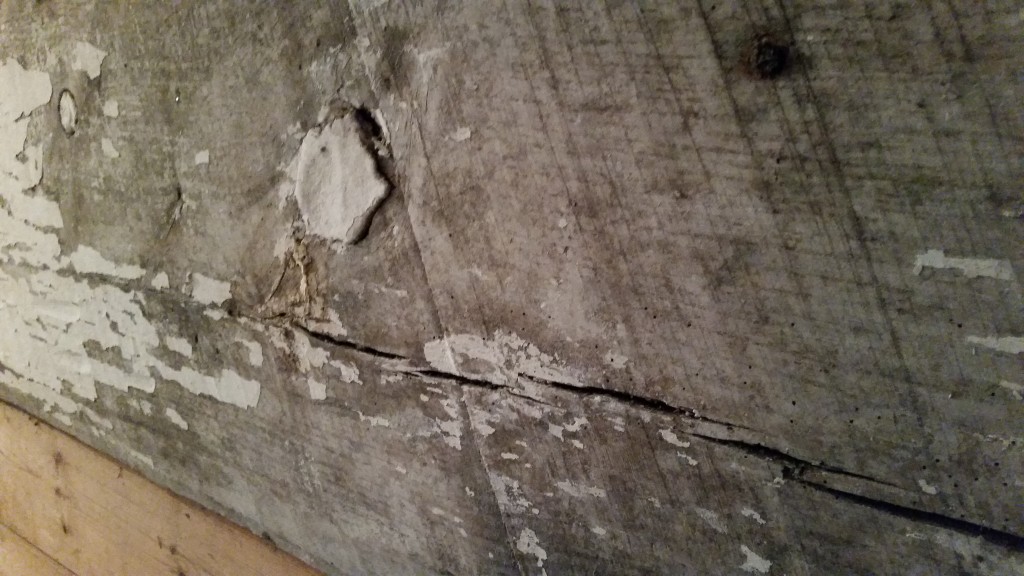





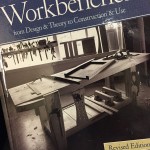

Hi Graham,
Really appreciate able your discover and you did a very hard work which is really understandable to all. By notifying all your given pictures it seems to me an ancient building but still quite good specially door those were made by antique wood. Quite impressive:)
Regards,
Lee from schouw-antiek.nl